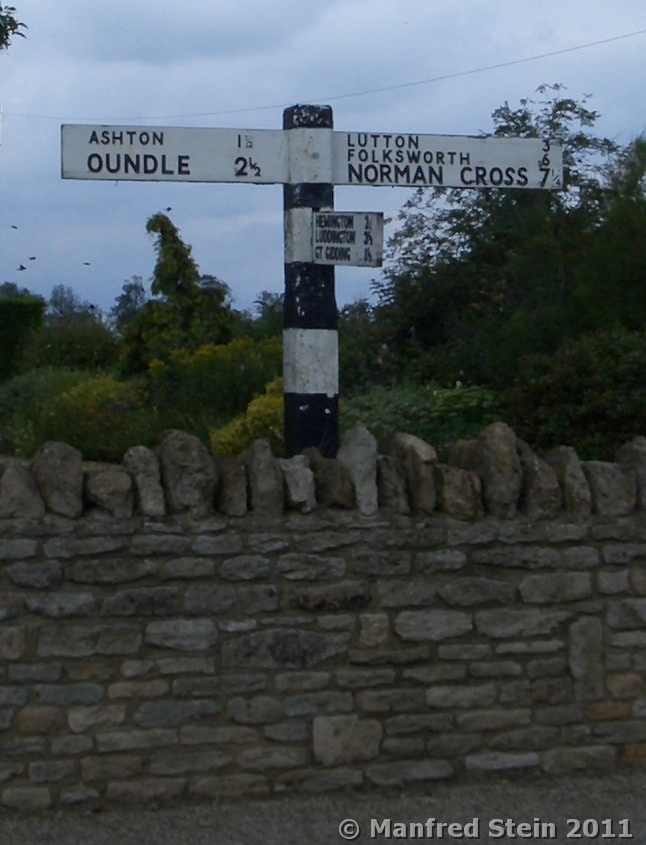Reproductions from published Literature
Illustrations taken from published literature are a useful piece of information on the living
conditions of Prisoners of War confined in British prisons. The drawings and reproductions of
historic photos/paintings are taken from the basic literature, published before World War I. The
sources of the reproductions are given.






.....
The morning meal was probably the next incident of the day. The meals can have occupied but little time for those poor fellows, who had nothing more than the daily ration to depend upon ; but probably, although the French Government did nothing to supplement this ration, the French people, as well as the relatives of the various prisoners, would remit money, of which the poorer as well as the well-to-do would reap the benefit.
.....
the barracks for French prisoners, no less than 6,000 of whom are confined here. It is a fine healthy spot. Among them there is very little disease ; their good looks in general prove the excellent care taken of them. In particular the boys are kept apart and taught, so that in all probability their captivity is a benefit to them. Their dexterity in little handicraft, nick-nacks, particularly in making toys of the bones of their meals, will put many pounds into the pockets of several of them. We were very credibly assured that there are some who will carry away with them 200 or 300. Their behaviour was not at all impudent or disrespectfulas we passed the pallisades within which they are cooped. Most of them have acquired English enough to chatter very volubly and to cheat adroitly. They are guarded by two regiments of Militia, one of them the Cambridge
.....